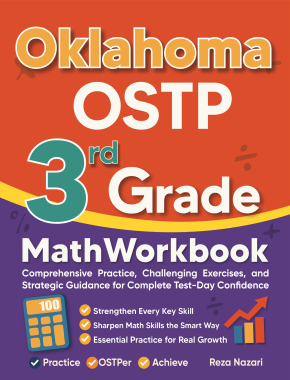How to Evaluate Variable Expressions for Number Sequences

A sequence is an ordered list of numbers of the form \(x_{1}, x_{2}, ⋯, x_{i}, ⋯\). Each number in the sequence is called a term, and \(x_{i}\) refers to the general term of the sequence, and the subscript \(i\) in the term \(x_{i}\) is called the index. \(x_{1}\) is the first term, \(x_{2}\) is the second term, and so on. To distinguish the terms of the sequence, the general term of the sequence is used.
For a number sequence, if you want to evaluate a variable expression, you should replace each expression’s variable with a particular value and then calculate the answer for each replacement.
Note: If the expressions are complex or the values of the variables are large, it is necessary to use a calculator or computer software to evaluate calculations in a numerical sequence.
Step-by-Step Guide to Evaluate Variable Expressions for Number Sequences
Evaluating variable expressions for number sequences involves substituting a specific value for the variable and simplifying the expression to find the corresponding value in the sequence. Here are the steps to evaluate a variable expression for a number sequence:
- Identify the variable expression: This is the mathematical expression that defines the number sequence, such as “n^2 + 3n + 2” for the sequence of squares.
- Choose a value for the variable: This is the specific value of the variable that you will use to evaluate the expression. For example, if you are looking for the fifth term of the sequence, you would choose n = 5.
- Substitute the value for the variable: Replace the variable in the expression with the chosen value. For example, if n = 5, the expression becomes “5^2 + 3(5) + 2”
- Simplify the expression: Use the order of operations (PEMDAS) to simplify the expression by performing any calculations that can be done. For example, in the previous step we get “5^2 + 15 + 2” = 25 + 15 + 2 = 42
- Check the result: The result you get after simplifying the expression is the corresponding value of the number sequence. In this case, the fifth term of the sequence is 42.
It’s also important to note that in some cases, the variable expression may be a recursive formula. In that case, you will need to substitute the value for the variable and then use the result of the previous term to find the current term.
It’s important to practice and understand the order of operations (PEMDAS) and the properties of mathematical operations. With that, you’ll be able to simplify the expressions correctly and find the correct value of the number sequence.
Related to This Article
More math articles
- How to Find Arc Length and Sector Area? (+FREE Worksheet!)
- Can You Cheat on the ALEKS Test?
- How to Use Partial Products to Multiply One-Digit Numbers By Multi-digit Numbers
- Ratio, Proportion and Percentages Puzzle -Critical Thinking 9
- What is a Perfect SAT Score?
- Pictographs and Tally Charts
- Differential Equations: Laws of The Universe Unraveled
- How to Prepare for Math Exams: Study Tips & Tricks
- 5th Grade MAP Math Worksheets: FREE & Printable
- Volume of Cubes























What people say about "How to Evaluate Variable Expressions for Number Sequences - Effortless Math: We Help Students Learn to LOVE Mathematics"?
No one replied yet.